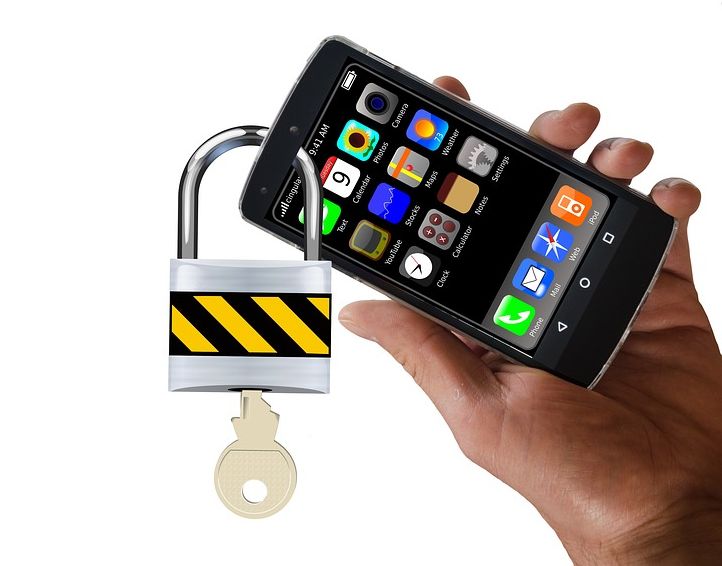How to Protect Personal Data on Smartphones
Related Articles
भारत में लाइव एंटरटेनमेंट का नया अध्याय- CIDCO का नवी मुंबई इनडोर एंटरटेनमेंट एरीना !
अब एक ही छत के नीचे गूंजेंगे ग्लोबल कॉन्सर्ट, मेगा स्पोर्ट्स और वर्ल्ड-क्लास लाइव शोज़ ! नवी मुंबई में बनेगा देश का पहला विशाल...
गंदगी के खिलाफ मोबाईल उठाइए: NHAI की पहल से सुधरेंगे टोल प्लाज़ा शौचालय!
गंदे शौचालय नहीं चलेंगे ! टोल प्लाज़ा स्वच्छता के लिए NHAI की सख़्ती ! राजमार्ग यात्रा ऐप से फोटो सहित करें शिकायत, Geo-Tag और...
New Year 2026: हर महीने के हिंदू त्योहार और व्रत-तिथियां, अब अपनी शुभ कामों की प्लानिंग अभी करें
जैसे ही नया साल 2026 दस्तक देता है, लोग अपने धार्मिक और पारिवारिक आयोजनों की योजना बनाने में जुट जाते हैं। हिंदू धर्म में...


